Gira Industrial Automation
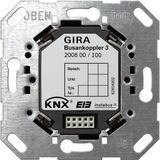
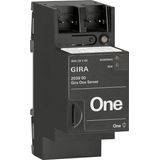
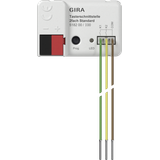



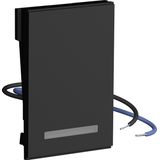

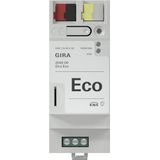


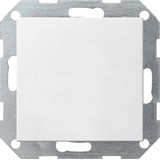


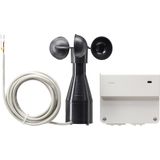
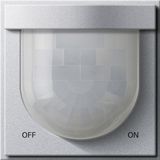
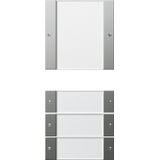


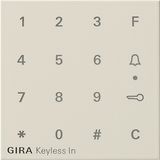
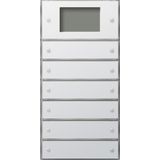



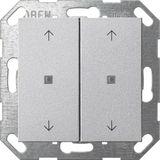
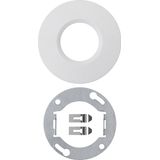





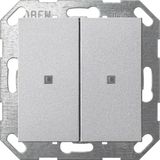

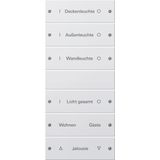

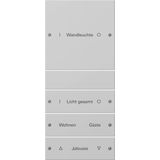
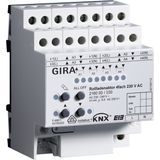

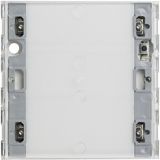
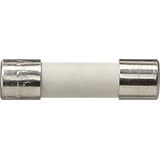
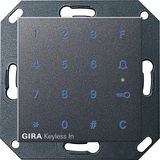
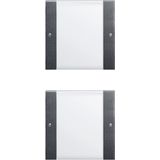

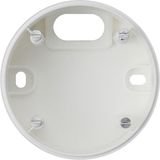
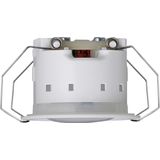

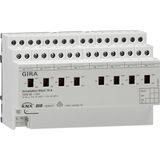
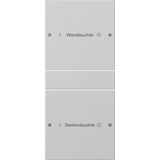
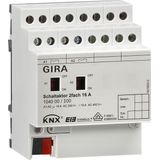

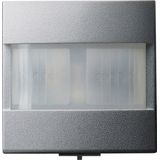
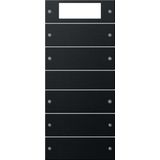
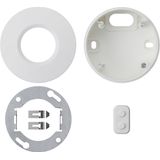
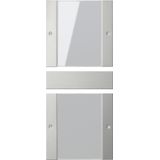


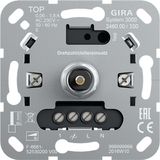

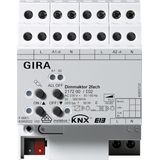

n modern electrical installations—from commercial buildings to smart homes and retrofit projects—the “control layer” behind lighting, blinds, and energy‑management is as critical as the wiring itself. Gira’s automation and control portfolio provides the modules, systems and accessories to integrate lighting control, building automation, smart‑home interfaces and wiring‑device architecture into a coherent whole. From years of commissioning smart builds I can say: picking the right automation system early prevents re‑wiring later, avoids isolated islands of control and aligns your facility for future upgrades.
Gira Automation Systems – Modular Control Infrastructure for Buildings
When you’re specifying the backbone for building control—whether new installation or retrofit—you’ll select a Gira automation system. These include wired (e.g., KNX), wireless (eNet) and hybrid network solutions. Gira’s literature describes the options: “Smart Home, building automation, wiring and wireless” offering flexibility.
In practical terms: you examine the bus architecture, number of channels supported, expandability, integration with other subsystems (lighting, HVAC, blinds, energy monitoring), and spare‑module strategy. A standardized system across the site means you avoid mixing protocols and reduce maintenance overhead.
Gira Lighting Control – Precision and Energy Efficiency in Illumination
For installations where lighting needs not only ON/OFF but dimming, scene setting, daylight and occupancy responses, you’ll choose Gira lighting control modules. Gira’s brochure states "On, off — and everything in between. Via switch, app or voice" under their Smart Home/Lighting Control section.
From installation perspective: you’ll check compatibility with luminaires (DALI, 0‑10 V, switch‑dimming), wiring path (trunk, bus, wireless), sensor inputs (presence, daylight), and output channel capacity. Good lighting control reduces energy costs but also requires correct spec: wrong driver or control‑interface means you’ll end up with sub‑prime performance.
Gira Building Automation – Integrating Systems Across the Facility
When your project involves more than lighting—such as blinds, heating, ventilation, energy meters or door communication—then Gira building automation is the term you’re looking at. The Gira systems extend to door intercoms, blind control, multiroom audio and full smart‑home / building systems.
From a procurement viewpoint: you’ll need to coordinate the automation system with your mechanical services, ensure protocol compatibility (KNX, eNet, Radio), consider future integrations (BMS, IoT), and procure central control units (servers) or gateways. A single brand ecosystem like Gira simplifies training, compatibility, spares and service.
Gira Control Modules – Device Elements for Automation & Control
Within the system‑level offering there are many Gira control modules: push‑button sensors, scene controllers, motion/presence detectors, bus actuators, servers and gateways. The “Gira Smart Home” product overview calls out elements such as the Gira G1, Gira X1, Gira HomeServer for control.
In real‑world installation: you’ll order correctly sized modules based on loads and channel counts, verify mounting type, ensure firmware/upgradability, check compatibility with the chosen system (wired vs wireless) and plan for spares. For example a sensor mis‑match often leads to nuisance trips or disabled automation.
Gira Smart Home Control – Future‑Proofed Interface & User Experience
For installation end‑users or clients wanting centralised control via app, voice or wall panel, you’ll use Gira smart home control solutions—this covers the user interface, app‑integration, remote access and mission‑critical control. Gira’s overview states: “Control your Smart Home by switch, app or voice command… room understands you rather than you the room.”
From installer experience: you’ll check network security (VPN, encryption), remote‑access strategy, user‑experience (UI), layering of automation for future‑proofing. Selecting a smart‑home control system from the automation partner ensures coherent topology, easier commissioning and less mis‑alignment with devices installed.
Gira Automation Accessories – Supporting Hardware, Mounting Kits & Wiring Gear
Every automation system requires supporting items: interface modules, sensor mounting kits, bus connectors, wiring terminals, labeling kits, firmware recovery tools. These are grouped under Gira automation accessories. The broader Gira product literature emphasises modularity and expandability for “Smart Home systems
For procurement: ensure your BOM includes not only control modules but also accessories—bus couplers, interface plates, mounting frames, software licences. A missing accessory often delays commissioning even when the core modules are onsite.
Procurement Insights for Wholesale Buyers
When ordering Gira automatics and control products for wholesale/volume use (large residential buildings, hotels, campuses, office blocks), the key considerations are:
- System choice (knob: KNX wired vs wireless vs hybrid) and compatibility with services (lighting, blinds, HVAC)
- Channel capacity, modular expandability, spares and licensing for control modules
- ser‑interface layer: touch panels, app, voice control; check remote access, firmware maintenance
- Sensor and actuator integration: ensure the modules match load types, wiring method, environment
- Accessories & mounting hardware: bus couplers, interface plates, wiring terminals, frames
- Stock, lead time, and logistics: many automation modules are specialised—delayed items hold up hand‑over
- Brand ecosystem and service‑chain: a single‑brand system (Gira) simplifies spares, service training, documentation
From installation experience: delays come not just from missing modules but from missing accessories (bus connector, mounting frame) or system‑mismatch (module wired vs wireless). Specifying the full system BOM early reduces risk.
Closing Note on Supply
Bank of Lamps supplies the full Gira automation and control portfolio — automation systems, lighting control modules, building automation infrastructure, control modules, smart‑home control units and accessories — from our central warehouse in Latvia. We serve B2B clients, system integrators, electrical contractors and building services teams across the UK, Germany, Netherlands, Baltics, France, Spain and Belgium. With strong stock levels, bulk‑order flexibility and logistics built for professional project timelines, you can focus on system integration and commissioning rather than supply chain gaps.